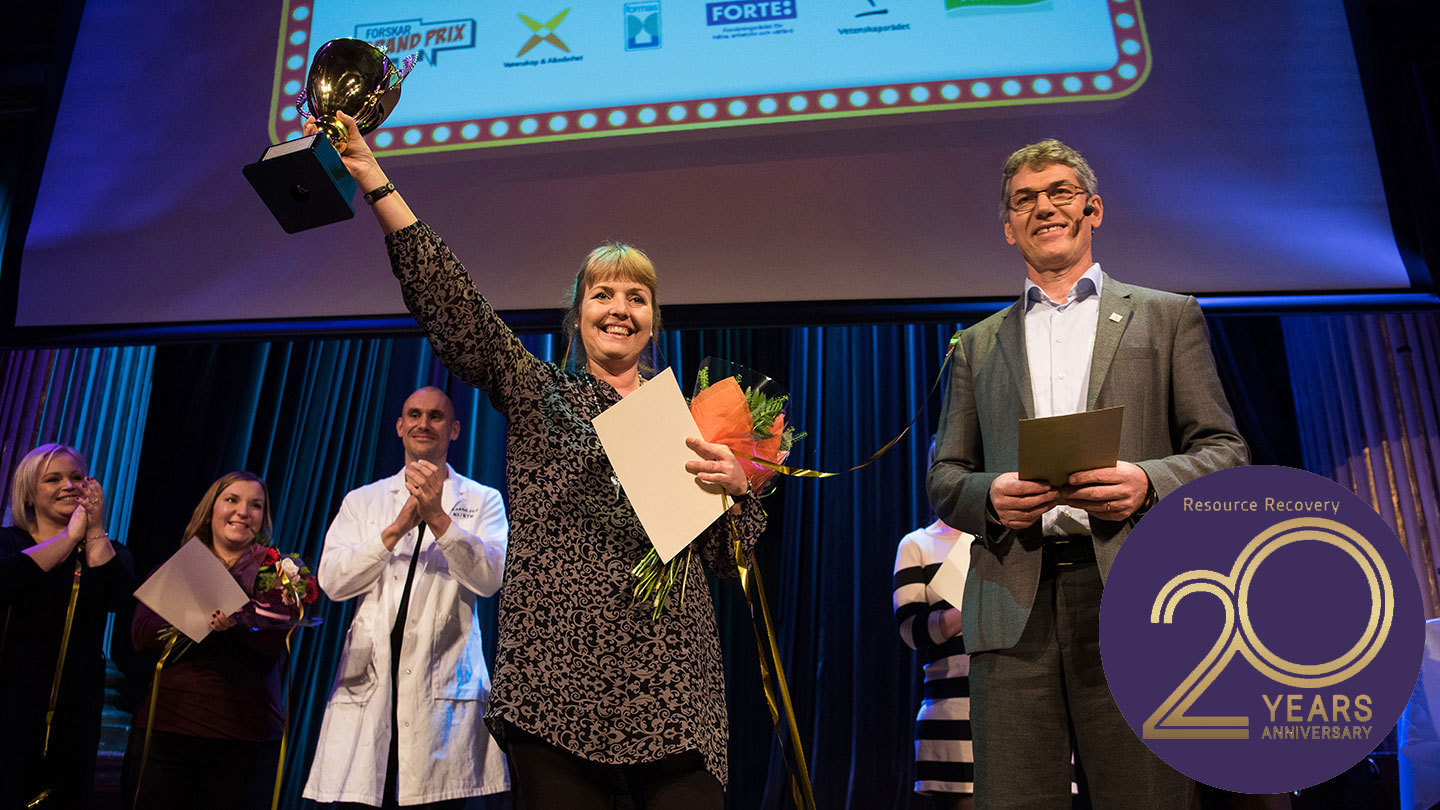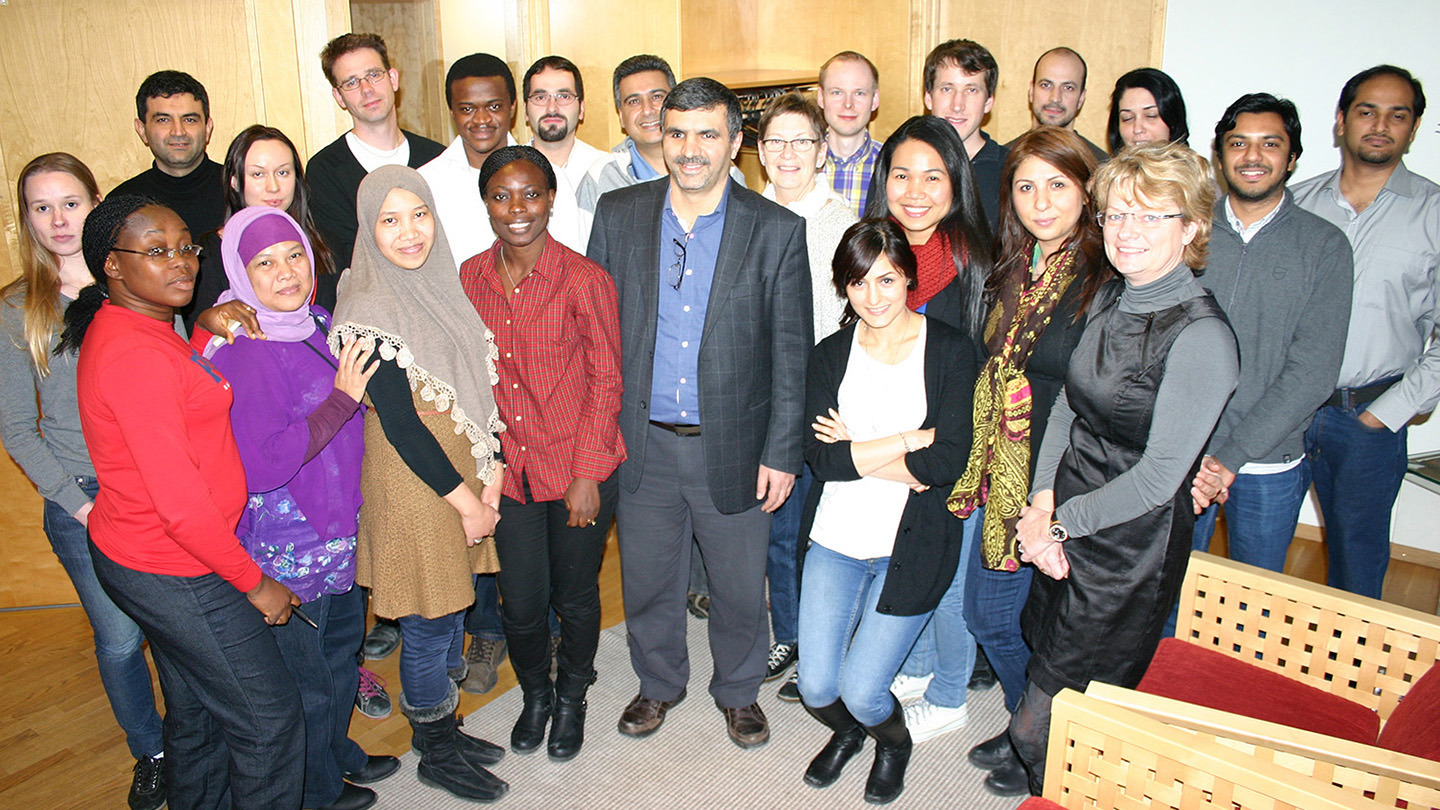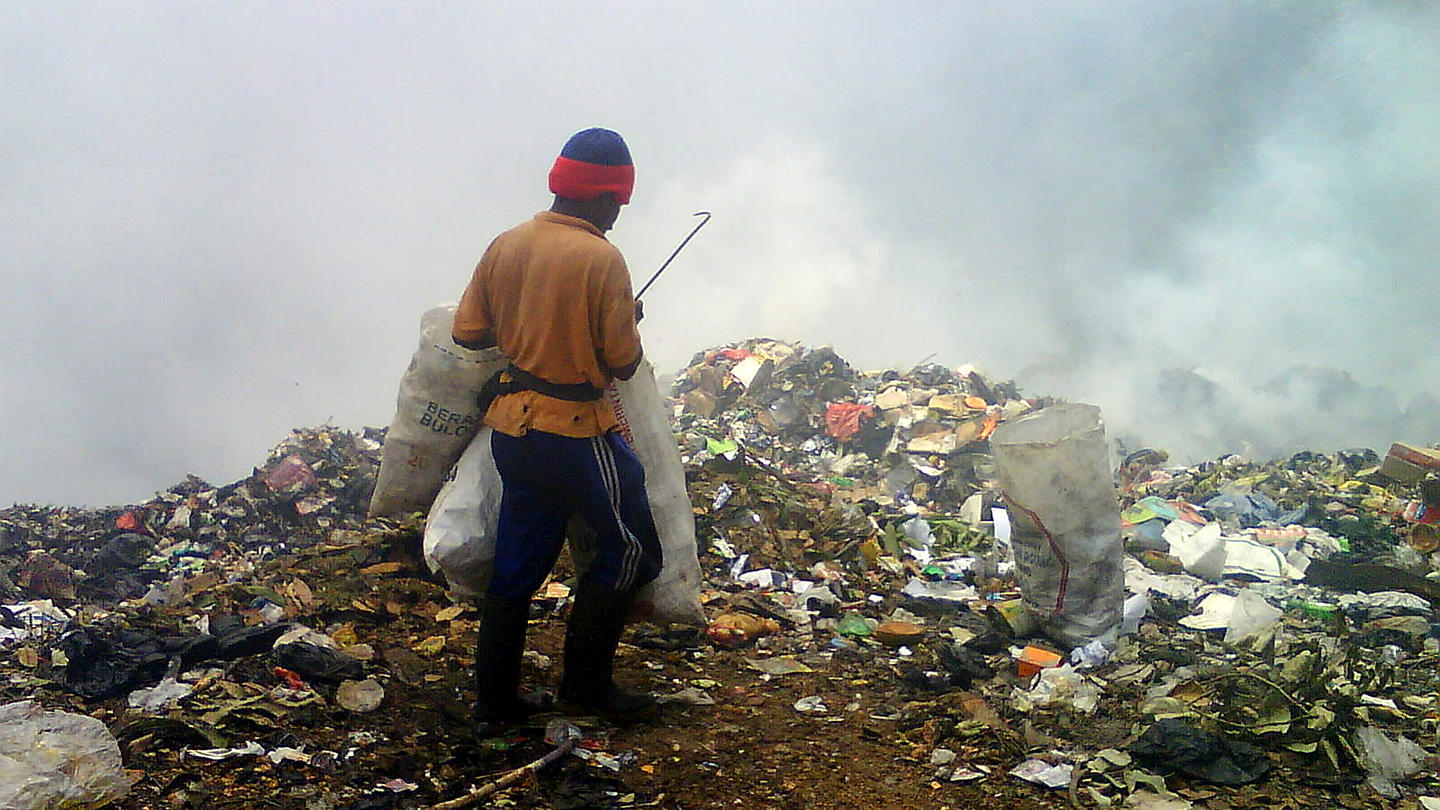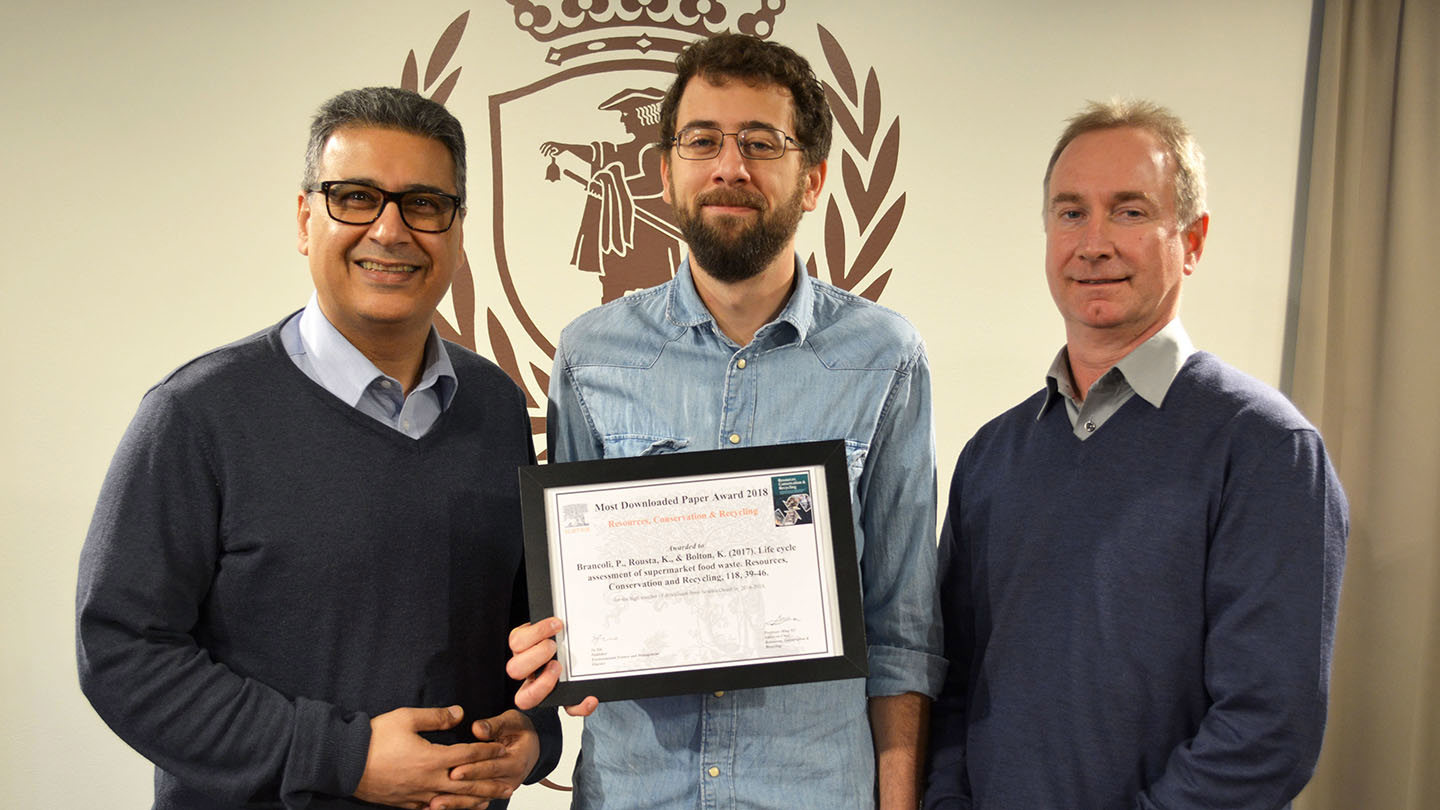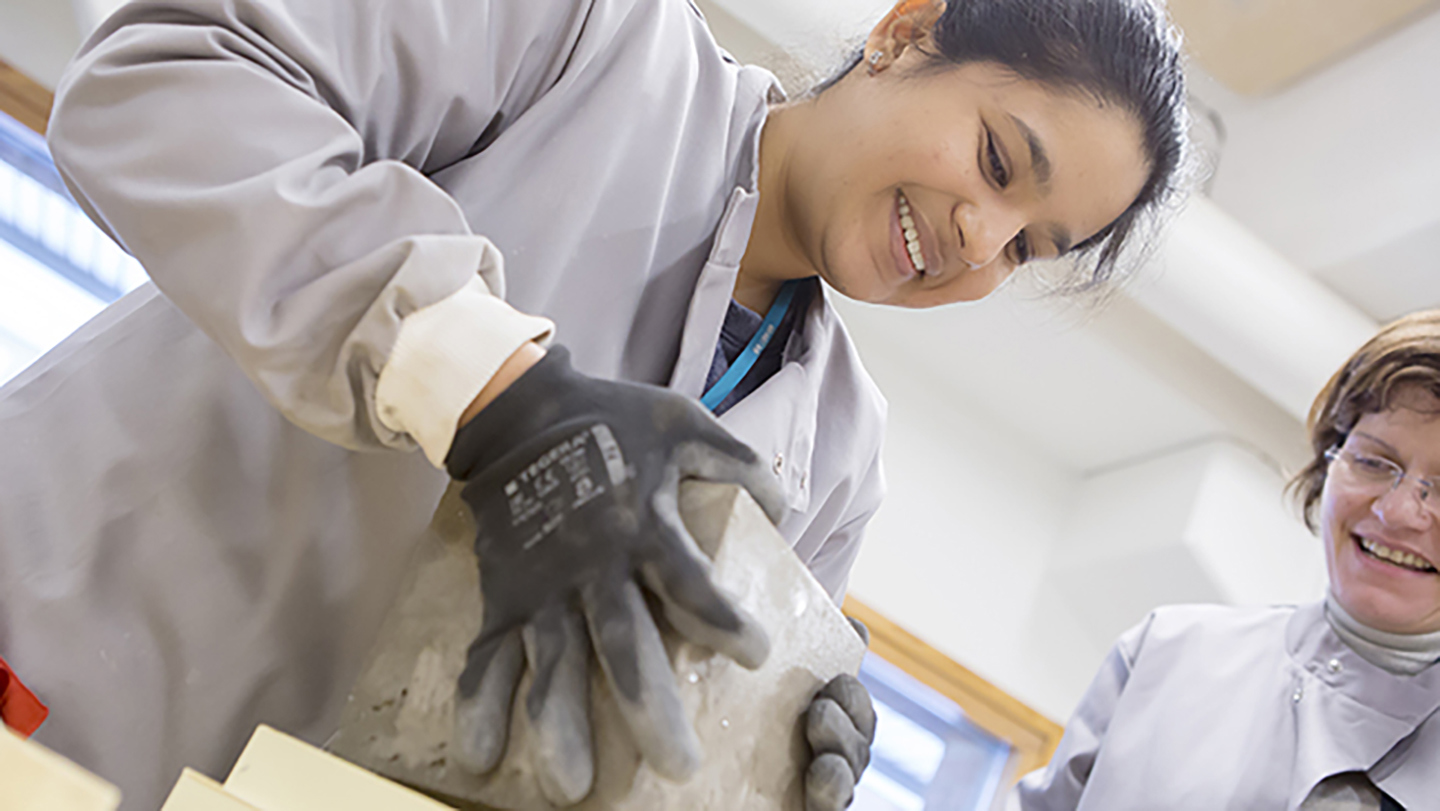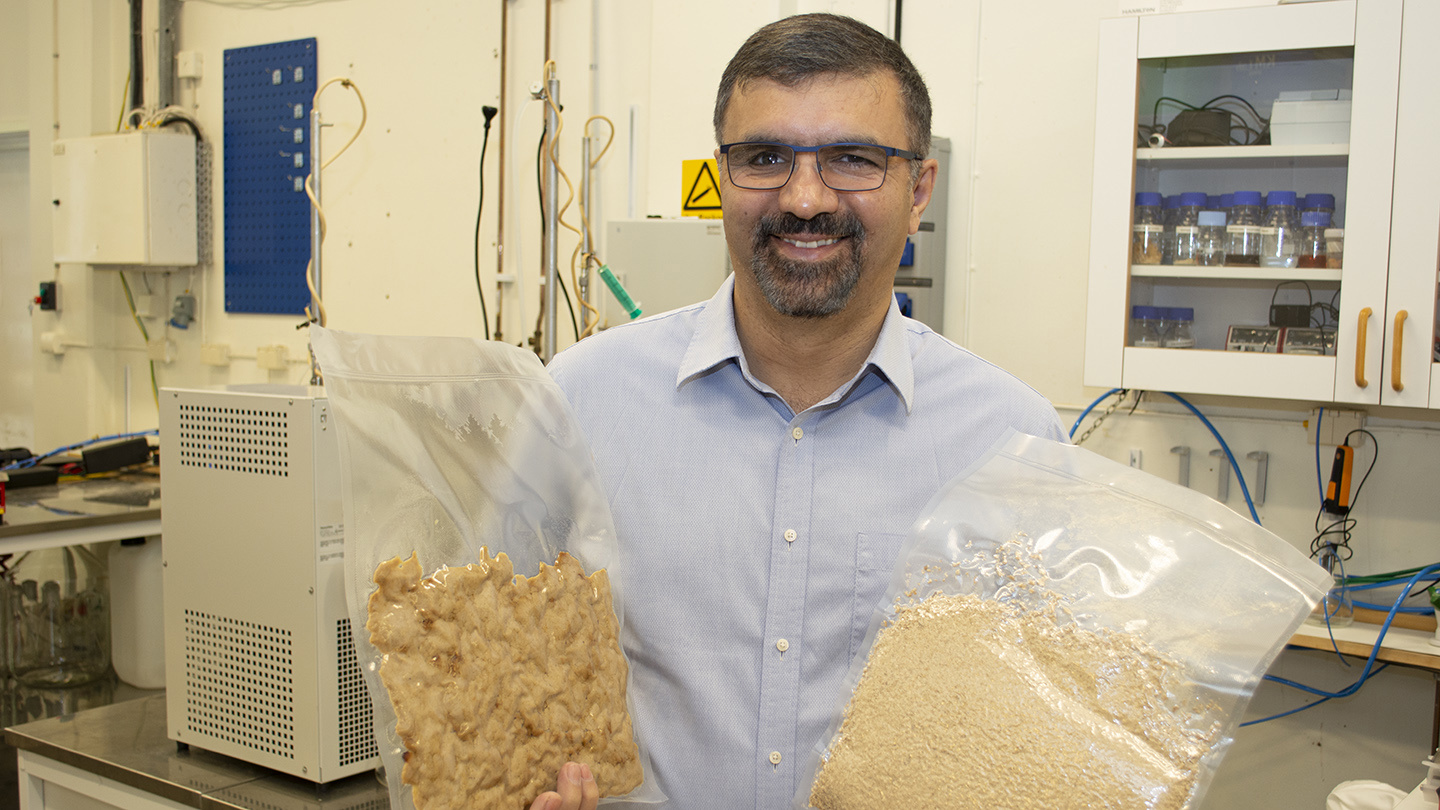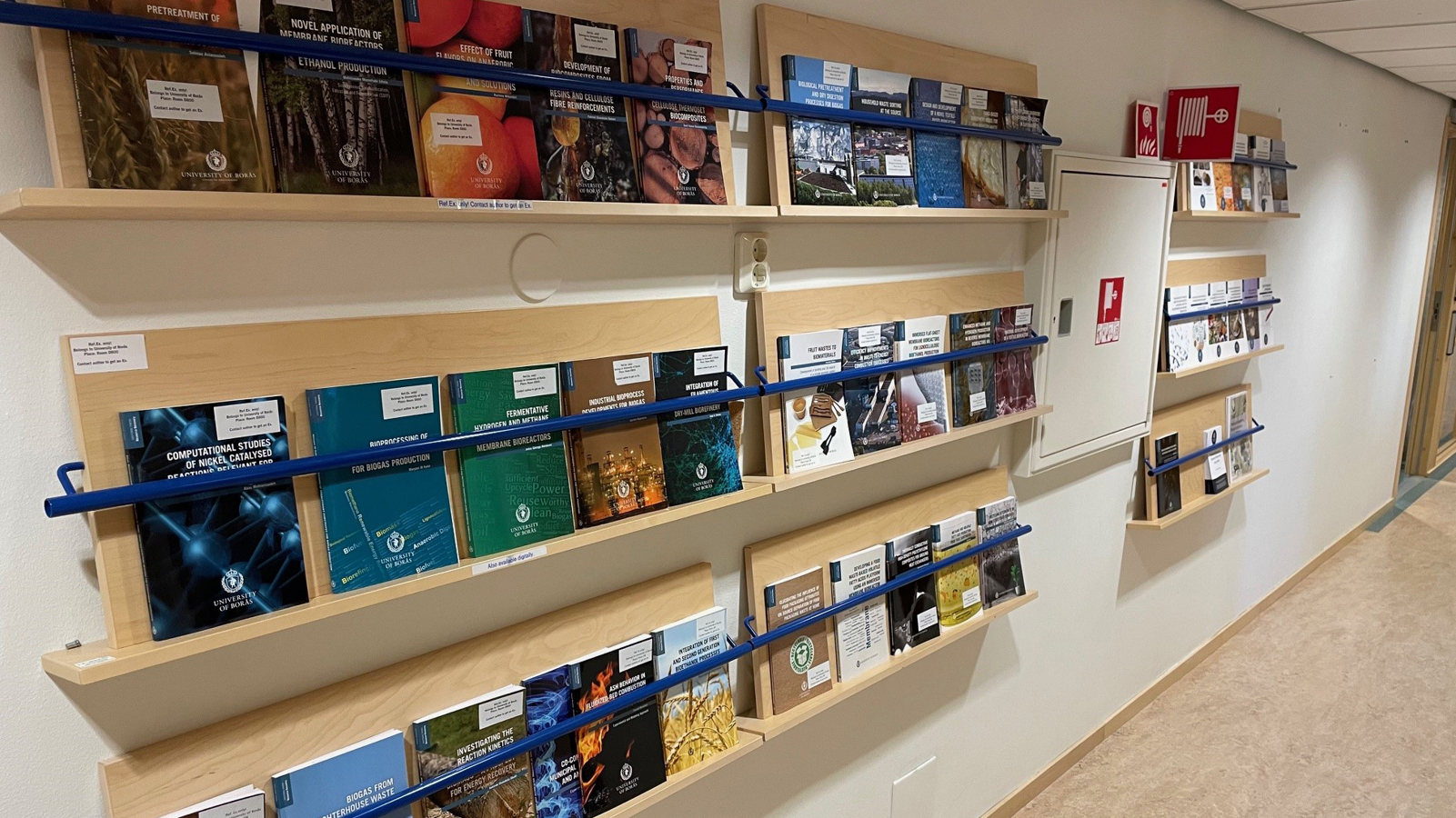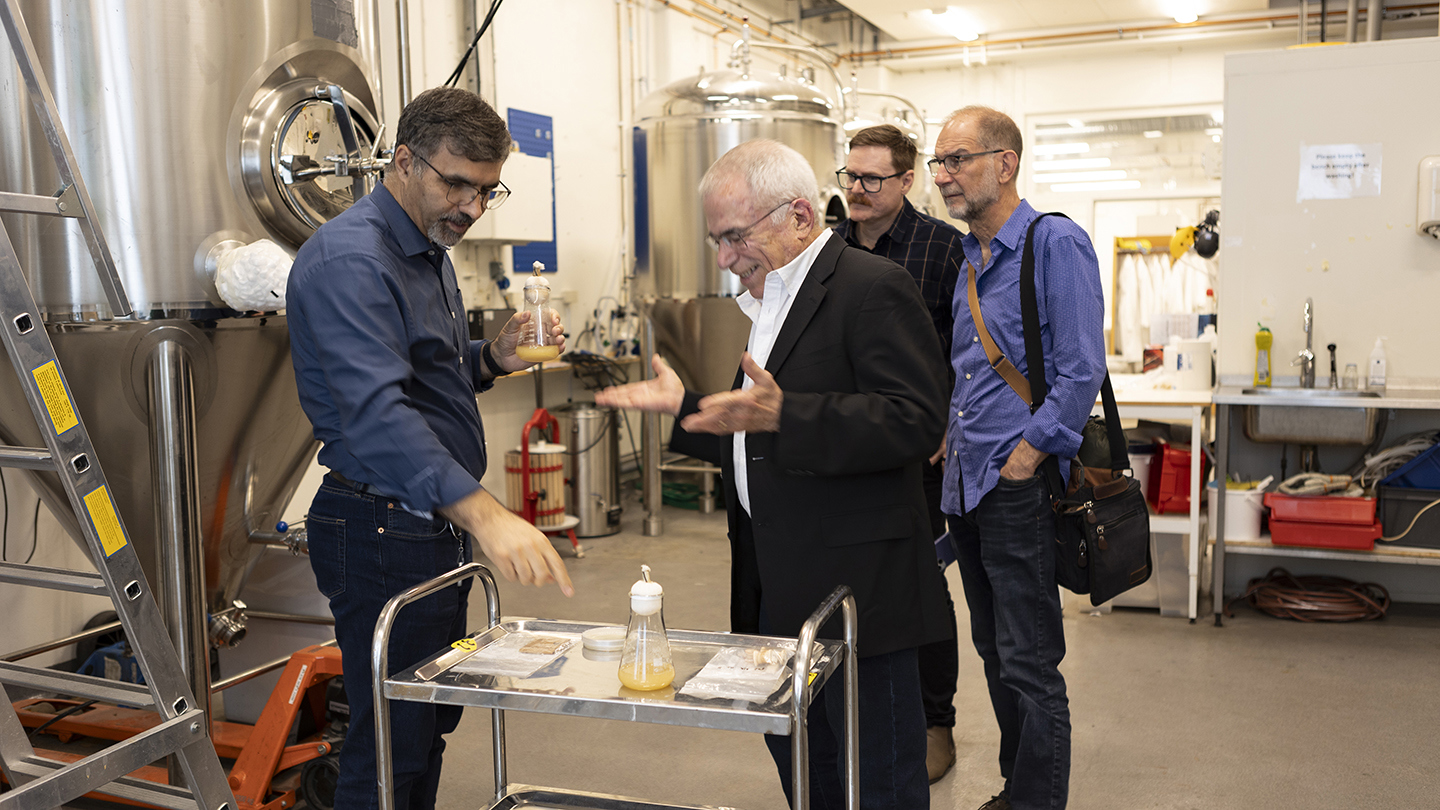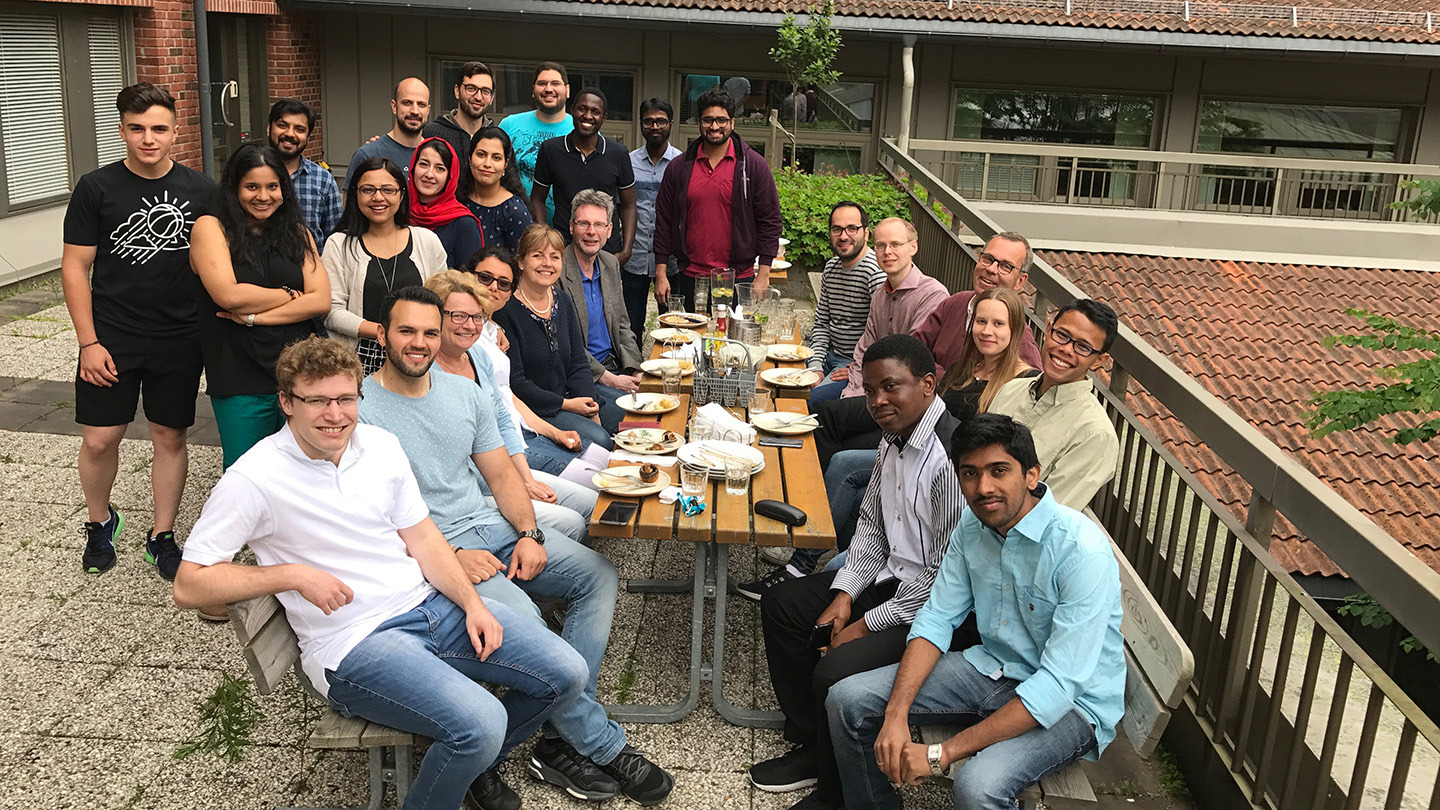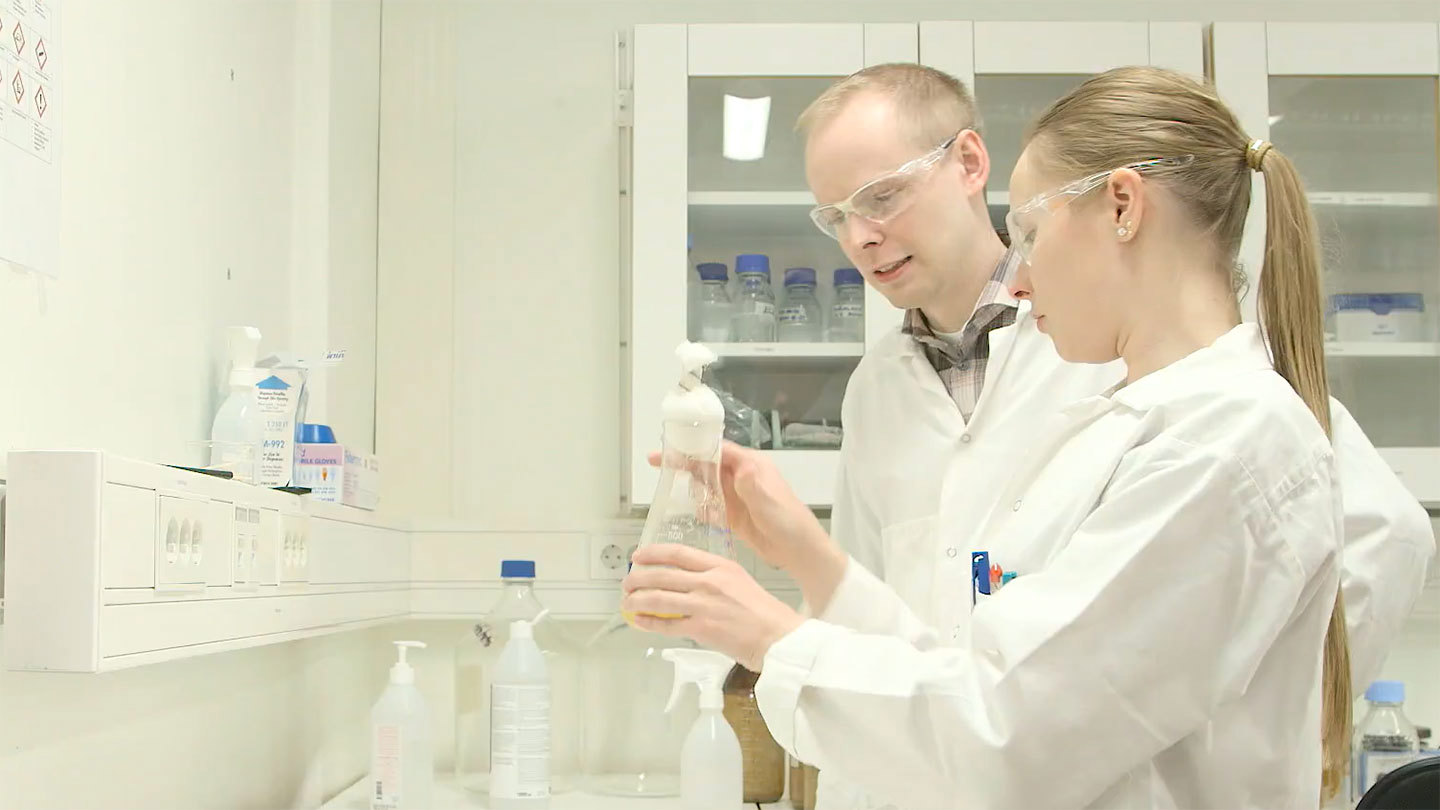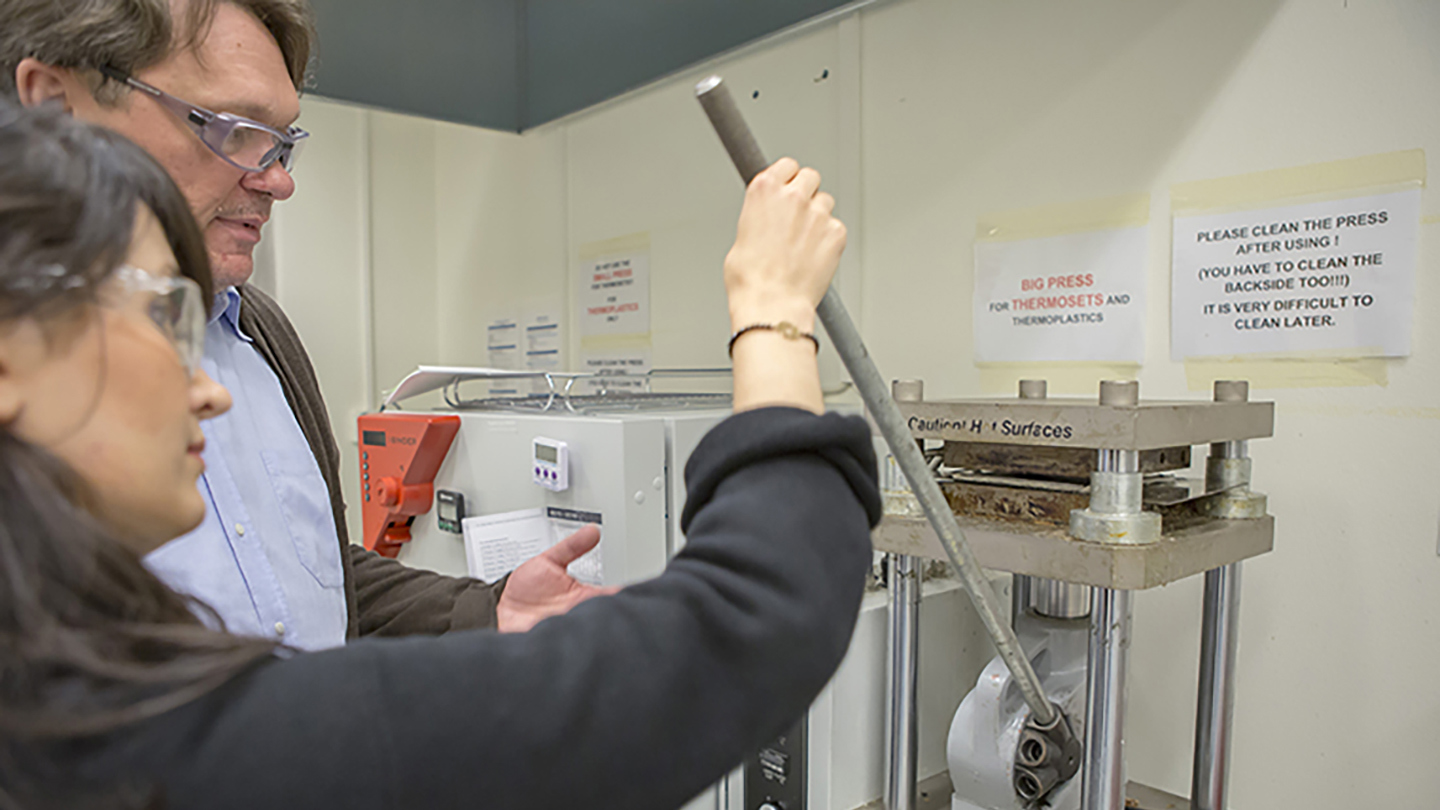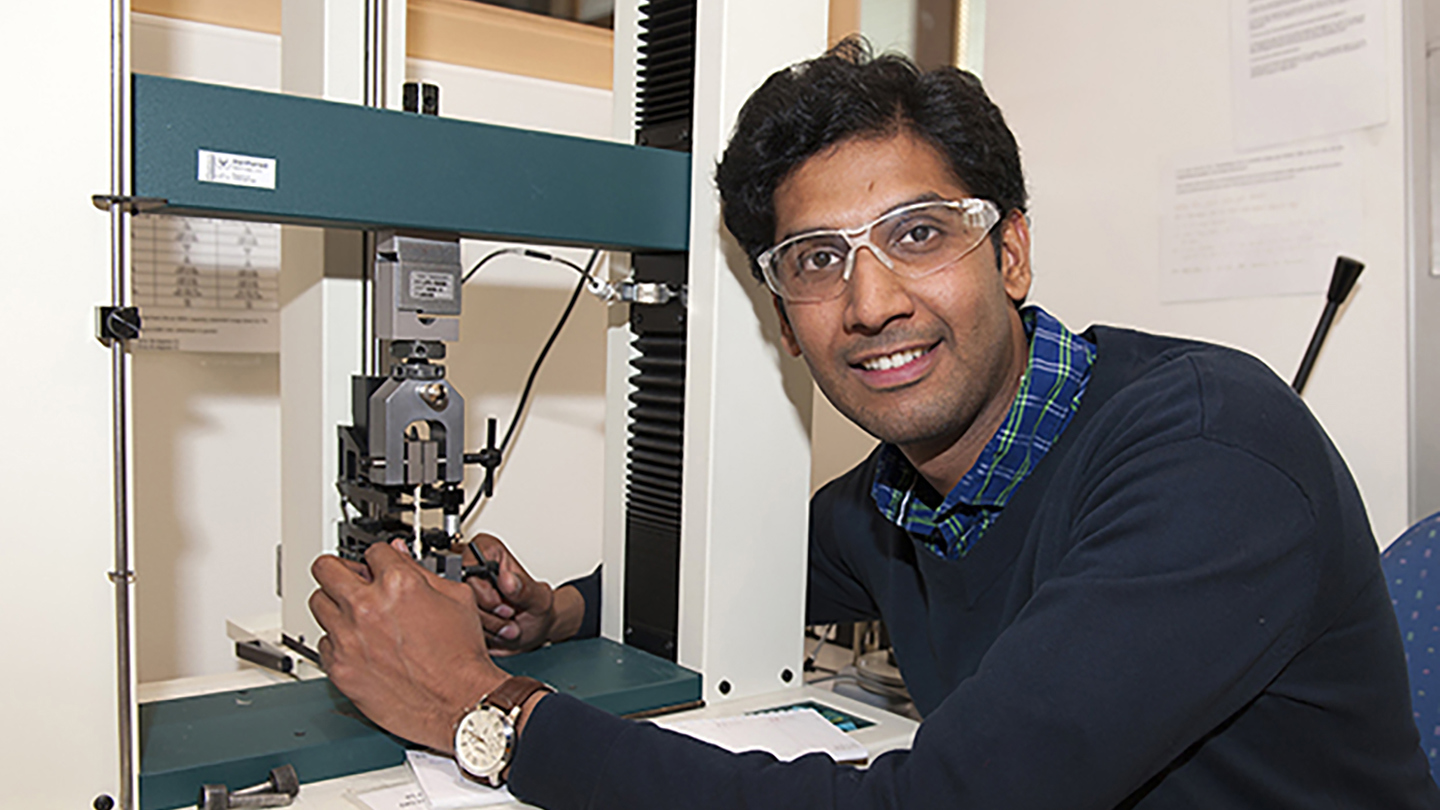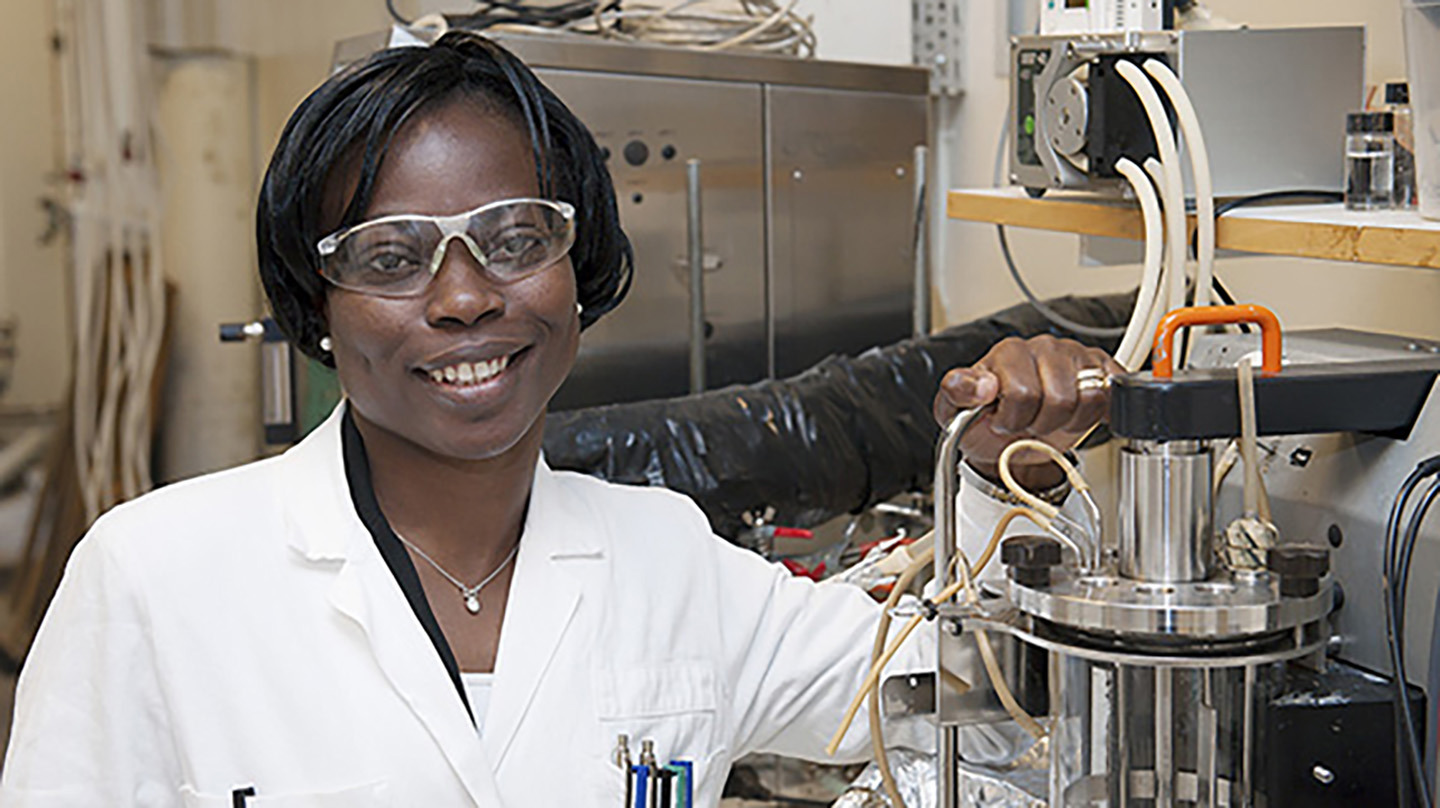Resource Recovery – the concept that has been adopted all over the world
2023-12-14
It all started on a small scale in the early 2000s when education and research in biotechnology, polymer technology, and energy engineering were built up at the then School of Engineering. Interesting synergies were soon seen by tying the subjects together under one umbrella – Resource Recovery.
In 2007, the university was granted the right to teach in Resource Recovery at Master's level and three years later, in 2010, it applied for a doctoral education rights in Resource Recovery. In 2011, we received these rights to grant doctoral degrees in this field. Since then, nearly forty doctoral students have defended their theses. Many had come from all over the world to study at our institution. Prior to that, students could not receive a doctorate from the University of Borås; rather they were enrolled at other universities but carried out the practical part of their projects at the University of Borås. The very first defence of a doctoral thesis in Resource Recovery was carried out in 2014.
In 2022, a first external review of the doctoral education programme in Resource Recovery was conducted. The overall rating granted was of "high quality.”
Under the umbrella of Resource Recovery, researchers have been able to benefit from each other's research projects in their various subject areas and grant applications have been strengthened. Through educational programmes at the Bachelor’s and Master’s level, a strong base of knowledge has been built up. In recent years, the area has been further developed by highlighting social aspects, as well.
Today, the Bachelor’s programmes are linked to research, and these students come into contact with research at an early stage. At the Master's level, students participate in various research projects and produce research articles together with the researchers.
From decomposition and recycling to the development of new products
Initially, the focus was on researching methods and processes for the decomposition and recycling of different types of waste to produce biofuels, different types of polymeric materials such as composites and bioplastics, as well as efficient incineration of waste in the production of heat and electricity. Research has taken great strides forward and now it is also a matter of using various researched substances and materials to investigate what new products can be developed, such as animal feed, food, biofuels, and new materials. With this combined expertise, Resource Recovery has been able to link together the entire life cycle of production, waste management, and recycling, where waste and residual products are now seen as valuable resources.
The key to success – being open to opportunities
One person who has followed these developments over the years is Kamran Rousta, Head of the Department of Resource Recovery and Building Technology. He started as one of several international students in the Master's programme in Waste Management and Resource Recovery in 2005.
"I remember a meeting with Professor Mohammad Taherzadeh. We had a thought-provoking discussion where he explained that the key to success lies in seeing opportunities and encouraged us as Master's students not to limit ourselves to a single specialisation, but instead to keep the doors open to different opportunities.”
Something Kamran Rousta learned from the start was the importance of being able to make a good pitch for his project ideas, and he succeeded in doing so.
"When I did my degree project, I saw a shortcoming in the area of Resource Recovery – that there were no social aspects. After graduating, I got a job as a Lecturer at the university and became a colleague of Mohammad Taherzadeh. I pitched my idea of including social aspects in Resource Recovery. I was given the green light to research my idea and I became a doctoral student.”
Kamran Rousta defended his thesis in 2018 and in 2021 he became an Associate Professor. Today, he supervises his own doctoral students in projects within Resource Recovery with a focus on social aspects. One example is the factors that can persuade people to reduce their food waste.
Unique lab environments and encouraging culture
Something he believes is of great importance for education and research is the lab environments, which have been built up completely from scratch to the unique and well-equipped environments they constitute today, from both a national and international perspective.
Something he also wants to emphasise is a culture that is permeated by freedom and encouragement to develop as a researcher.
"We have a culture where we support each other within our research groups, we share and encourage each other. This is not something that happens everywhere but it is something we work for all the time, to show that everyone in the groups contributes to such a culture.”
The lab environments and the interdisciplinary approach are unique. This means that there is great interest in these both nationally and internationally, which generates interesting collaborations and projects. It is also this environment that makes students from other countries want to come here.
The sense of solidarity within Resource Recovery is also shown in all its publications, where it is stated that they are produced at the Swedish Centre for Resource Recovery, University of Borås. This is also a way to highlight the doctoral education programme internationally.
Resource Recovery continues to grow
"The journey to build up our research area continues; we continue to grow. We are building on an important identity and showing that we have a common vision and common goals between the different subjects that fall within the research area," explained Kamran Rousta. He added, "It is important to continue to develop the research area, but it must also be managed in a good way, while at the same time it is important to have time to reflect along the way.
The research field has grown so much that it reaches out all over the world. Many of those who have completed their doctorates over the years have now advanced to professors, both here in Sweden and in other parts of the world.” And the area has a network that is growing.
"Today, our researchers receive invitations to participate in projects both nationally and internationally," he said.
Driven and responsive senior researchers
Anita Petterson, Associate Professor, is another of the many researchers who started their careers in Resource Recovery as a student and have since found their calling here.
"It's fun to be part of Resource Recovery and see how the field has developed with an increasing number of researchers, doctoral students and postdocs. We listen to the needs of industry and society's questions. Resource recovery consists mainly of five subgroups, Industrial Biotechnology, Polymer Technology, Energy Technology, Civil Engineering, and Resource Management, and all of them have grown and found their form. The collaboration between the different research groups has always existed and has deepened over the years. This has also been the case with research groups in other areas at the university, as well as with other higher education institutions in Sweden and internationally," she said.
The success, she said, is due to the fact that the university has many driven senior researchers who are responsive and put a lot of time and energy into the development of the field, and that resource recovery is relevant in society, which also provides a tailwind.
"My interest in the energy production of the future and the concern about how we treat our planet Earth were strong driving forces for me when I started my research career. I think the most important tasks we have are to reduce the greenhouse effect, to reduce waste production, to have a sustainable waste policy with a globally greatly reduced emissions of environmentally hazardous substances and where we can help other countries in this work," said Anita Pettersson.
The international environment stands out
Tomas Wahnström, Director of Studies for the doctoral programme in Resource Recovery for over ten years, explained, "The most memorable thing during my years as director of studies is the exciting international environment. Internationalisation, and especially internationalisation at home, is currently prioritised for higher education institutions, and Resource Recovery is a very international environment. I think this is fantastically enriching for education. The doctoral students come from more than ten different countries and environments and bring their experiences and problems with them. This blend makes for a very creative environment. Over the years, we have also employed a number of our own doctoral students after they receive their doctorate as supervisors, which has meant that the supervisory group is also very international.
Resource Recovery is a concept known throughout the world
Professor Mohammad Taherzadeh, research group leader for Biotechnology and one of the most influential researchers in the world according to a ranking presented in 2023 by Stanford University, said,
"Resource Recovery was initially an unknown concept both in Sweden and internationally. At that time, there was mainly talk of waste management or waste treatment. At the University of Borås, we developed three different concepts: Waste Refinery for national collaboration, Waste Recovery for international collaboration, and Resource Recovery for our research and education. Now this concept is known all over the world and the University of Borås stands out in the field globally. Resource Recovery is now integrated into various disciplines around the world,” he said.
"After the industrial revolution with increased population and prosperity in the world, we have greatly increased our consumption of all natural resources and the accumulated amount of waste, sewage and exhaust gases today contributes to the climate impact that we see," he said.
He continued: "If we can't break the trend and reduce our consumption of the earth's resources, all that remains is resource recovery as a way to return resources to the cycle much faster than nature can manage with its own processes. We usually say: Waste is a resource, but our knowledge is not enough to utilise it.
One result of this 20-year journey is, among other things, a spin-off from the research in Resource Recovery to the company Millow, which produces food based on fungi as a meat substitute, among other things. In recent years, a major focus in biotechnology has been on growing mushrooms from waste products and then developing new foods from these fungi.
This company was helped by the well-known designer Rob Janoff, who among other things had assignments for Apple. During a visit to the biotechnology lab at the university, he said: "It's about famine, about saving water and other natural resources. Millow is sustainable food. Making a design for something that has a good purpose is unusual, it's almost always about making a profit. So when I heard about this, I wanted to be a part of it."
Resource Recovery in numbers
Top ten funders
Top countries for collaboration
Ten most cited articles since 2006
Published news articles – a selection
Solveig Klug
Solveig Klug, Lina Färm / Archive


